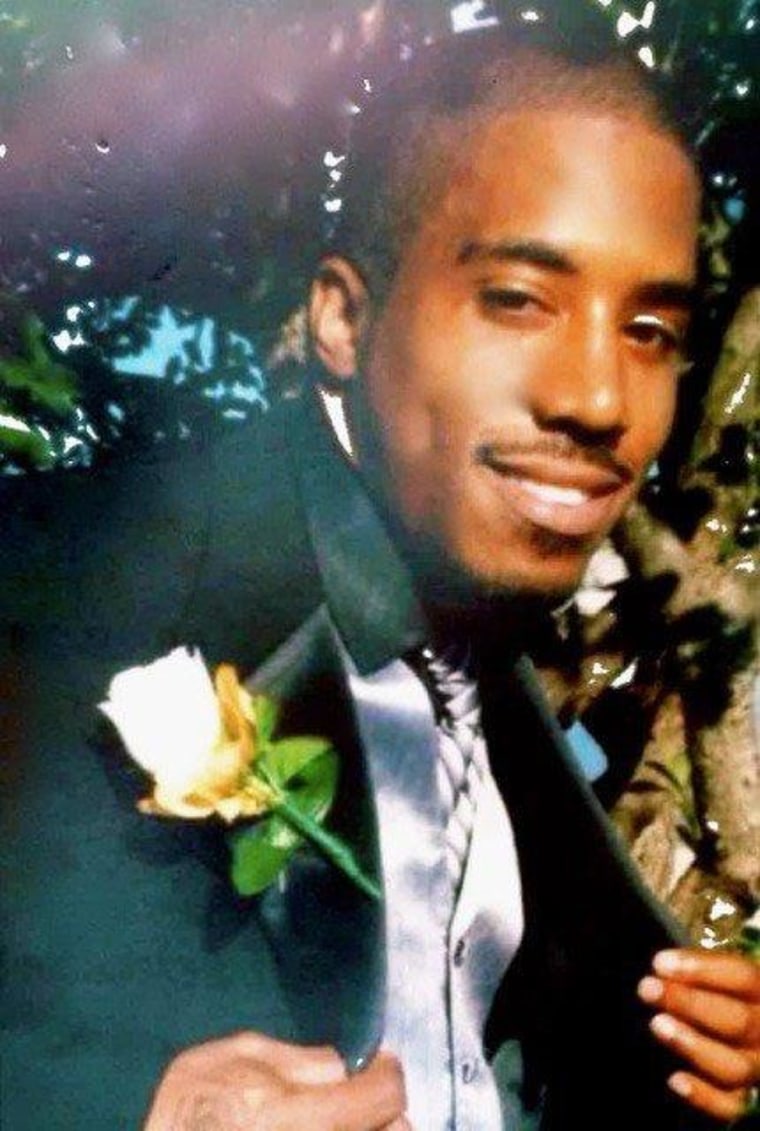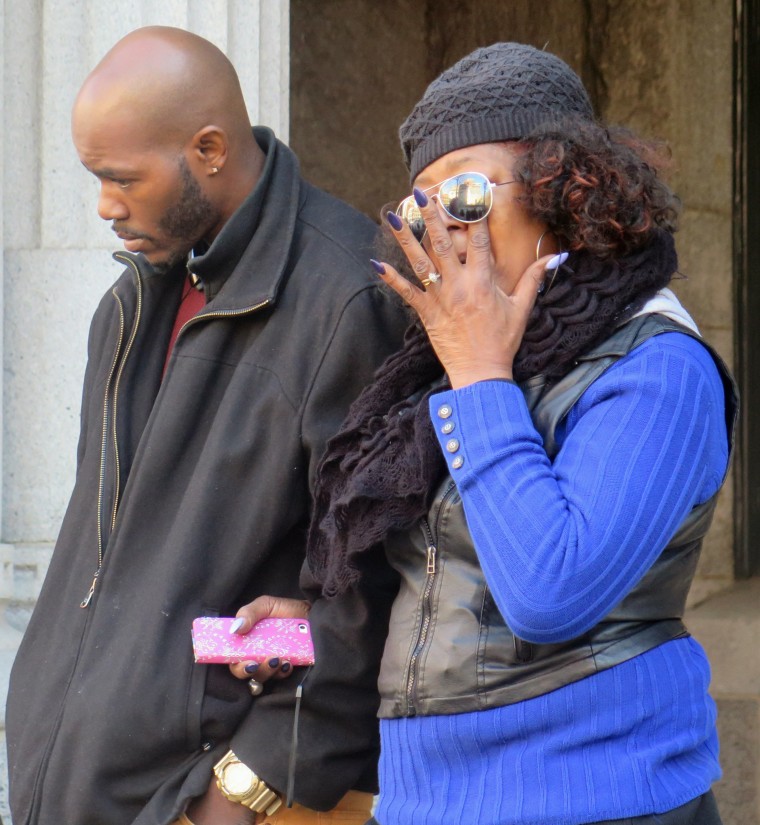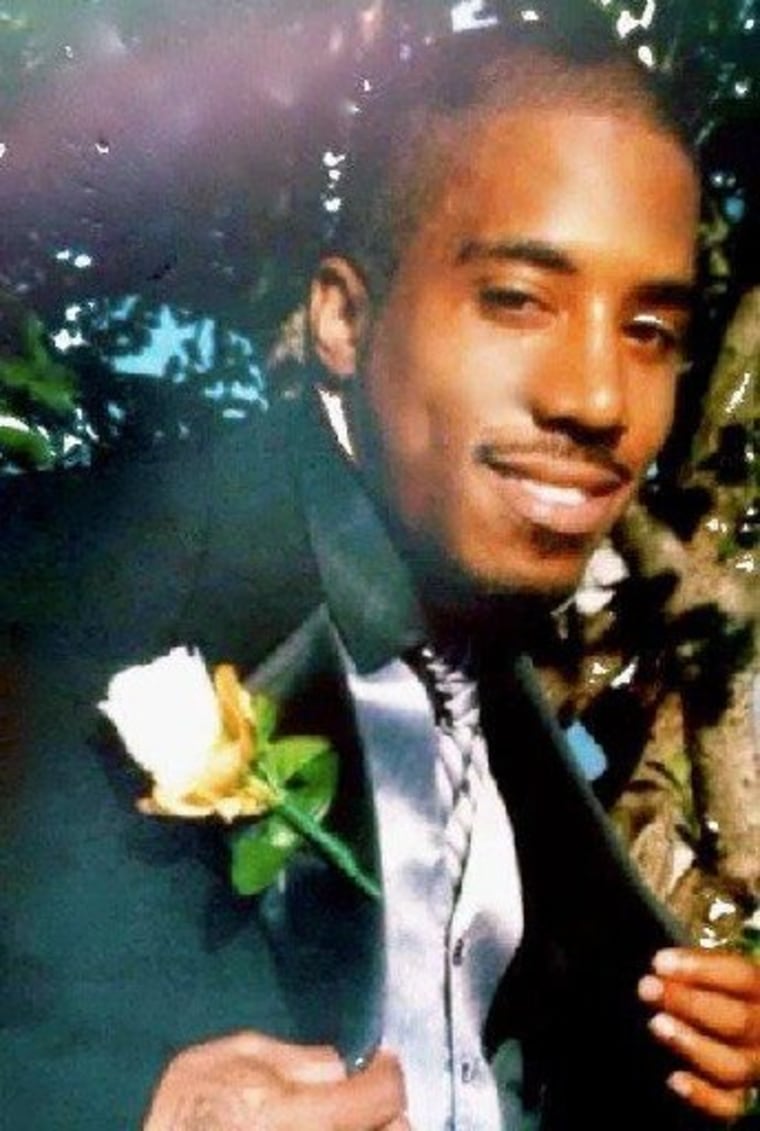There’s a scene in "The Blood is at the Doorstep" where Maria Hamilton, whose son Dontre Hamilton was killed by a Milwaukee police officer, stands in a church pulpit and gives a passionate declaration about her son.
“God gave me a child that was uniquely made and he’s gone to rest now with the same God that created him. It’s an illness. It’s nothing to be afraid of, it’s nothing to run from, it’s nothing that anybody should die for,” Maria states.
Her words are straightforward and the message clear but the relationship between law enforcement and African-Americans with mental illness is a complex issue compounded by racist policing tactics already affecting urban communities.
The film’s world premiere at SXSW this year put the story of an avoidable police shooting on a national platform during a time when social activism is growing across this country.
On April 30, 2014, Dontre Hamilton, a diagnosed schizophrenic, was sleeping in a public park when Officer Christopher Manney approached him and tried to pat him down. A struggle ensued. Hamilton allegedly grabbed Manney’s baton and attacked him with it. Manney discharged his gun, shooting Hamilton 14 times and killing him.
From the scene of the shooting at Red Arrow Park to the office of District Attorney John Chisholm, the film follows the aftermath of the shooting for three years as Hamilton's family continues a fight for justice in a city struggling with policing minority communities and protesting insufficient transparency from the Milwaukee police department.
Related: Relatives of the Men Who Endured The Syphilis Study Speak Out
In recent years, protest movements like Black Lives Matter have faced criticism from police organizations for creating violence and unrest but the Hamilton’s peaceful demonstrations get high-profile attention and are put at odds with other activism groups. The camera follows their protests for Officer Manney to face trial for the shooting.
Police Chief Ed Flynn fired Officer Manney shortly after the shooting, with subsequent grumbling from the police union, but the District Attorney’s office declined to charge Manney, saying he "was justified in firing at Dontre Hamilton" because Hamilton had taken Manney's police baton. A year later federal prosecutors decided not to pursue criminal civil rights charges against Manney.

The family of a police-shooting victim is faces a judicial system justifying the death of their loved one. Hamilton's mental illness plays a major role in the story and is a common factor in a number of police interactions.
A 2015 report estimates that people with mental illness are 16 times more likely than others to be killed by police and about one in four fatal police encounters involve someone with mental illness.
Related: The ‘Role Model Effect’ Can Impact High School Dropout Rates
The city of Milwaukee now requires 40 hours of mandatory crisis intervention training for all officers on the police force as a result of the shooting. The reform efforts police departments take to better engage with the communities they protect should lead to less fatal shootings and more transparency when those shooting do occur.
Police chief Ed Flynn fired Officer Manney from the Milwaukee police department not because his use of deadly force was excessive but because he didn’t follow the protocol for dealing with emotionally disturbed individuals. A year later Manney appealed the decision and a police review committee upheld Flynn’s dismissal to the family’s satisfaction.

The film, directed and produced by Erik Ljung, intertwines the perspective of police officials with a sworn duty to protect the community with the journey of a family in an uphill battle to stop police brutality. The Hamiltons were living “a pretty comfortable life” and are thrust into a social movement fighting for the civil rights all citizens should have when encountering law enforcement.
While the city of Milwaukee tried to shield Officer Manney from public inquiry and media frenzy— the district attorney refusing to release his name until a decision was made on criminal charges, the family knew his name and made sure he knew them.
In a powerful scene Maria and Nate, with other protesters, gather outside the house of Manney and stage a “die in” while singing “Silent Night”. Dontre’s life was cut short and while the shooting itself was deemed justified, someone has to be held accountable for pulling the trigger.
Nate’s voice rings clear, “The blood is at the doorstep.”
